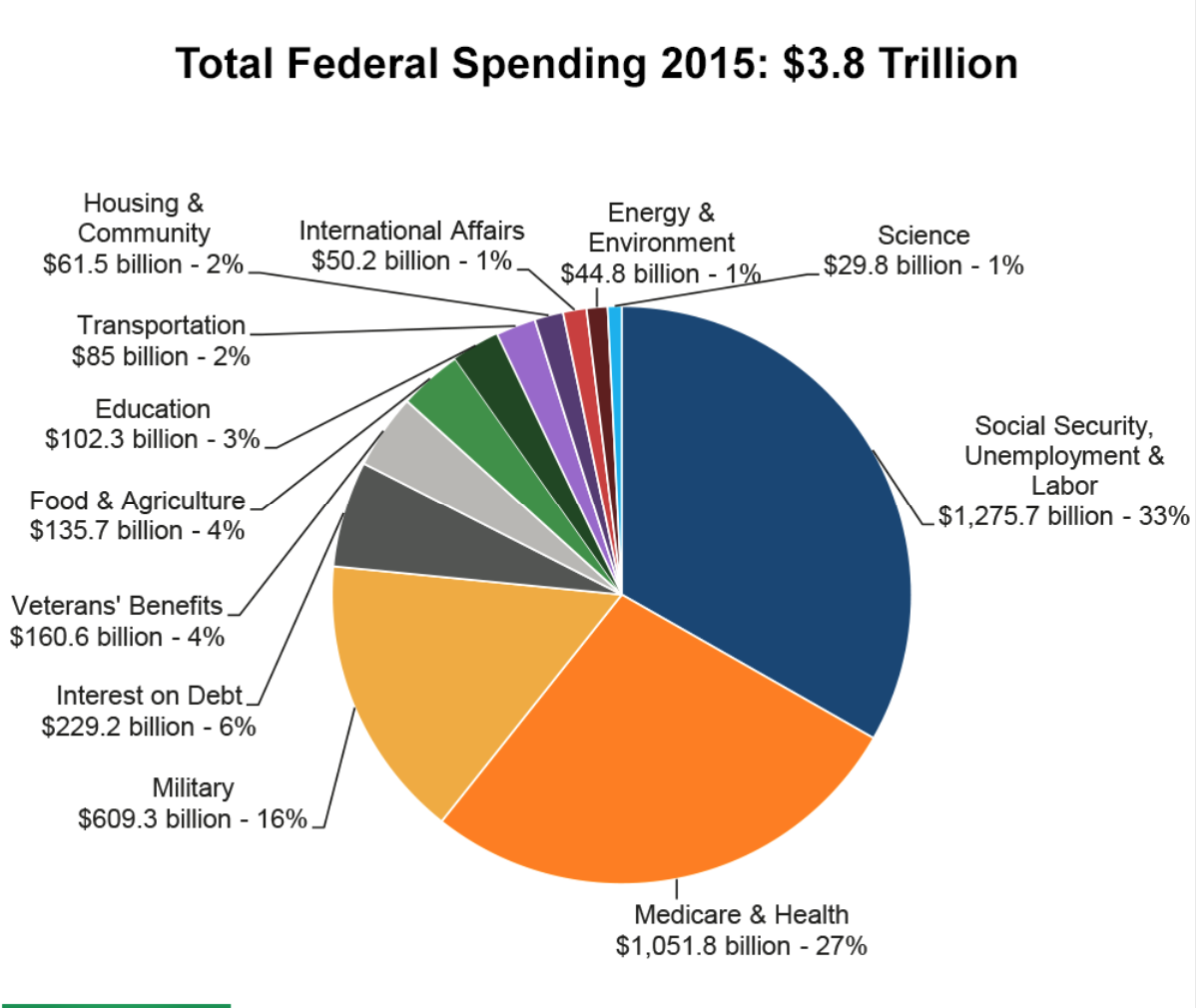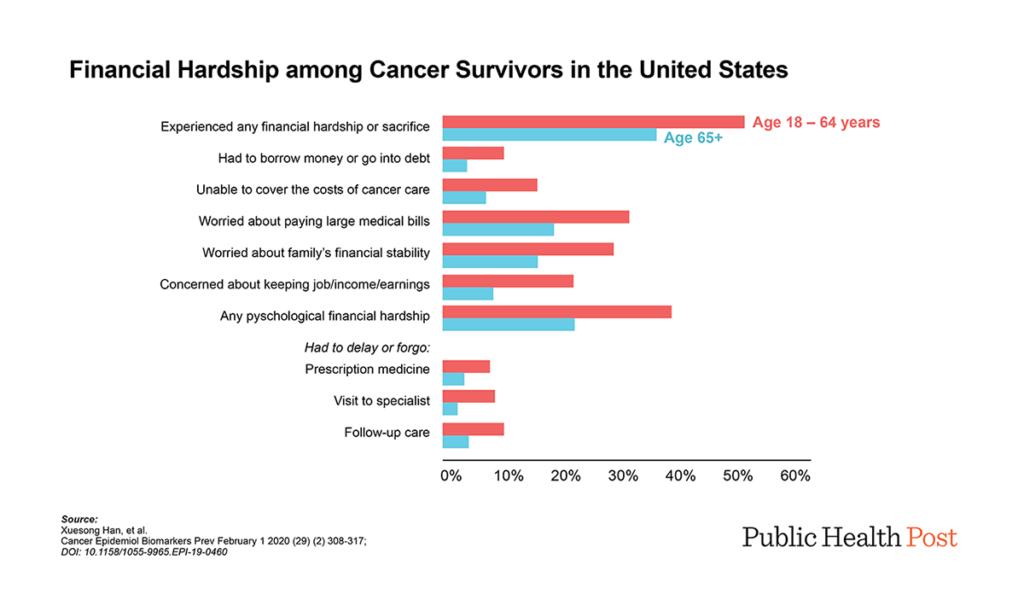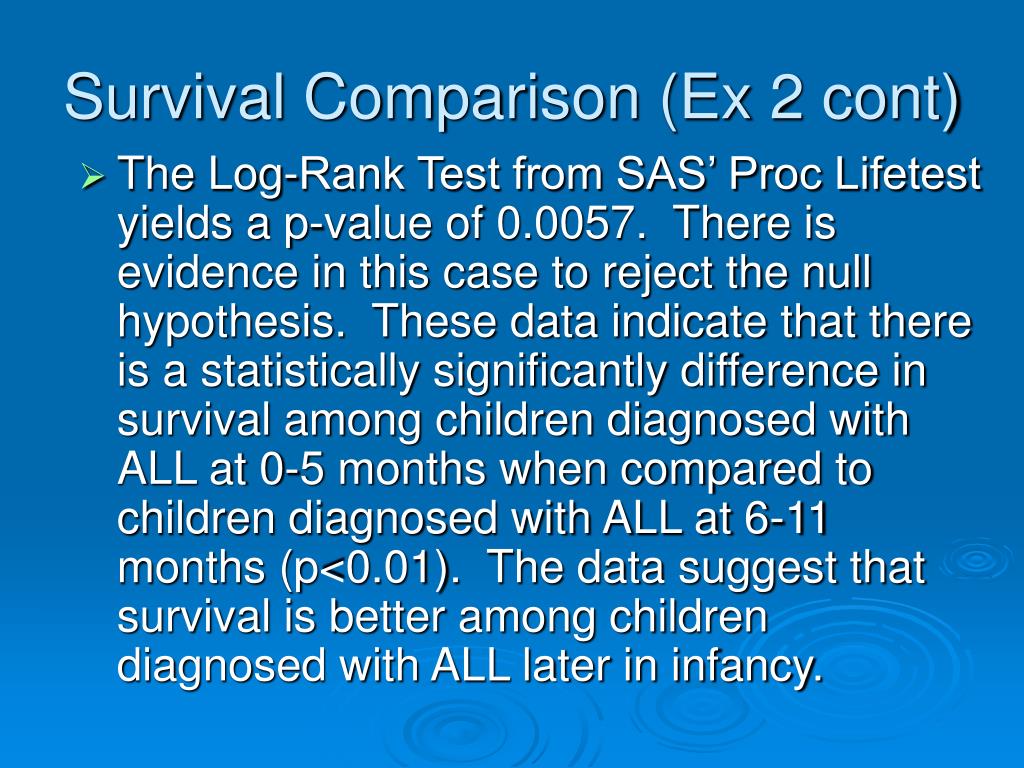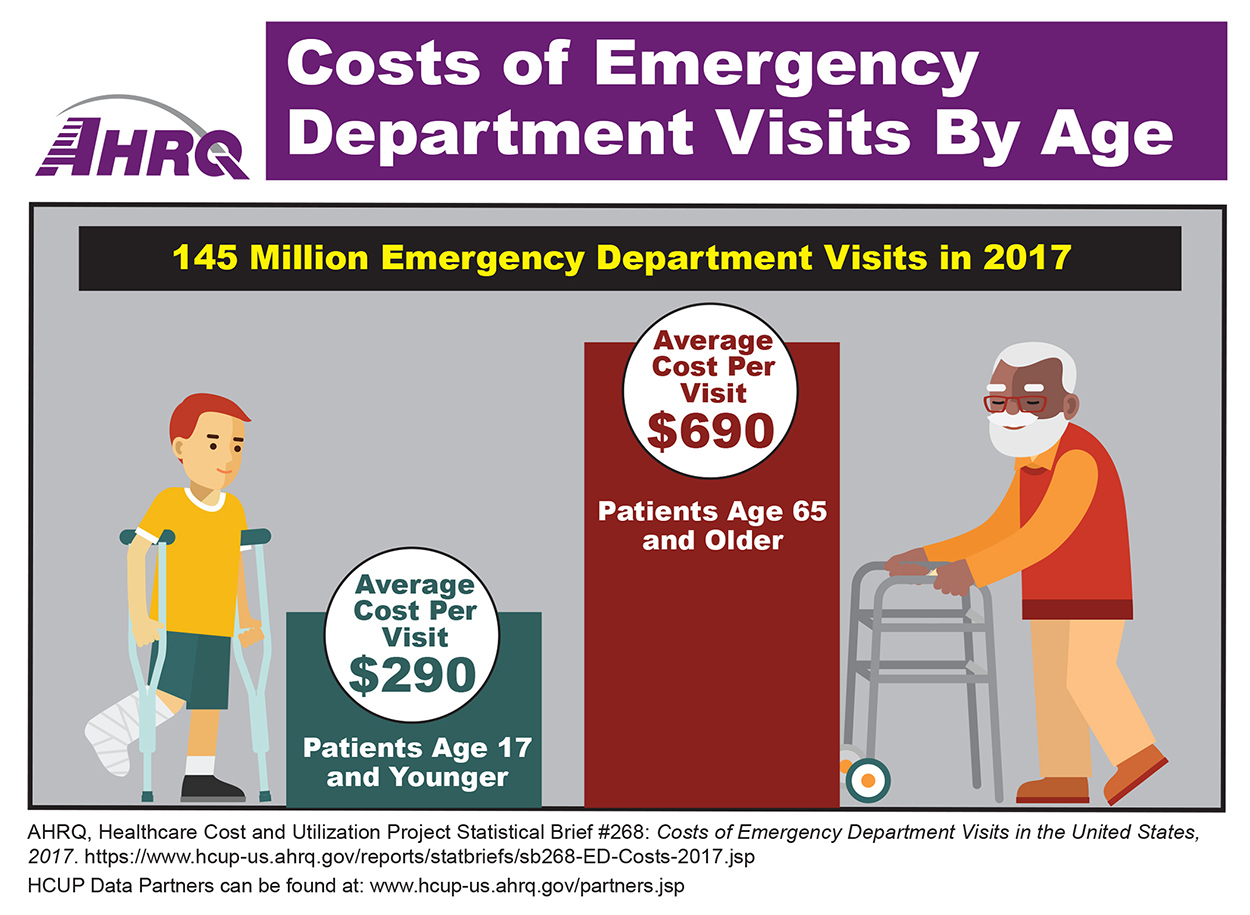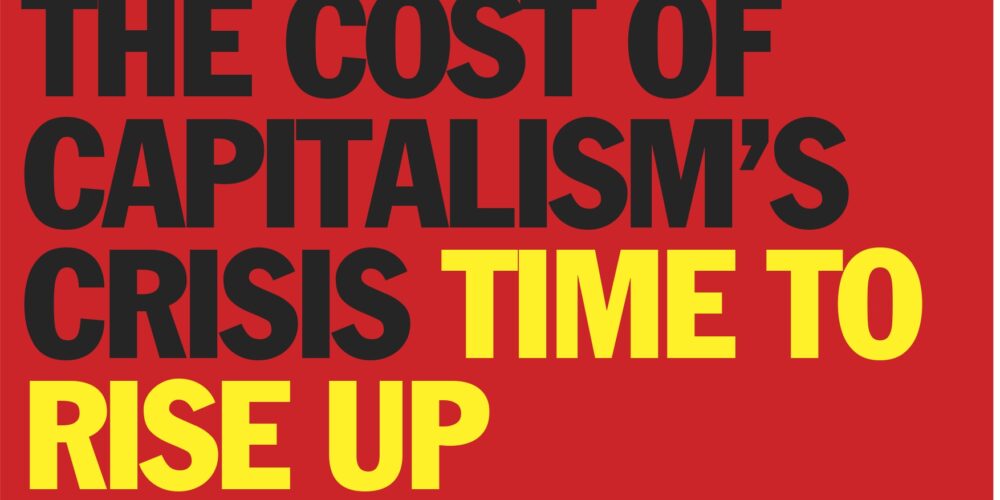Summary Of The Cost Of Survival

The relentless climb in the cost of basic necessities is squeezing households across the nation, forcing difficult choices between food, housing, healthcare, and other essentials. Inflation, supply chain disruptions, and geopolitical instability are contributing to a crisis that touches almost every aspect of daily life. This article examines the key drivers behind the rising cost of survival and its potential long-term consequences.
The Rising Cost of Food
Food prices have seen a significant surge in recent months. The U.S. Department of Agriculture (USDA) reports that grocery store prices rose 10.8% in 2022, and further increases are expected, albeit at a slower pace. Supply chain bottlenecks, exacerbated by the war in Ukraine, have driven up the cost of grains, fertilizers, and other agricultural inputs.
Consumers are feeling the pinch at the checkout. Families are increasingly turning to discount stores, cutting back on meat consumption, and relying on food banks to make ends meet. The impact is particularly acute for low-income households, who spend a larger percentage of their income on food.
Housing Affordability Crisis
Housing costs, whether renting or buying, continue to be a major burden for many Americans. A chronic shortage of affordable housing, coupled with rising interest rates, is pushing homeownership out of reach for many first-time buyers. Rental prices have also been steadily increasing, putting pressure on renters with limited budgets.
According to the National Low Income Housing Coalition, there is a shortage of over 7 million affordable rental homes for extremely low-income renters. Evictions are on the rise as families struggle to keep up with rent payments. The housing crisis is forcing people to move further away from job opportunities and straining social safety nets.
Healthcare Expenses
Healthcare costs in the United States remain among the highest in the world. Despite efforts to expand health insurance coverage, many individuals and families still struggle to afford necessary medical care. Prescription drug prices, hospital bills, and insurance premiums continue to rise, outpacing wage growth.
A recent study by the Kaiser Family Foundation found that nearly half of U.S. adults have difficulty affording healthcare. Many are delaying or forgoing needed medical care due to cost concerns, potentially leading to more serious health problems in the future. The high cost of healthcare contributes significantly to medical debt and financial instability.
Energy Costs and Transportation
The cost of energy, including gasoline, electricity, and natural gas, has fluctuated dramatically in recent years. Geopolitical events, supply constraints, and increasing demand have contributed to price volatility. Higher energy prices impact not only transportation costs but also the cost of heating and cooling homes.
The Energy Information Administration (EIA) reports that household energy costs are expected to remain elevated. Consumers are seeking ways to conserve energy, such as driving less, using public transportation, and improving home energy efficiency. However, these measures may not be sufficient to offset the overall impact of rising energy prices.
Impact on Lower-Income Households
The rising cost of survival disproportionately affects low-income households. These families often have limited savings and are more vulnerable to economic shocks. They are forced to make difficult trade-offs between basic necessities, such as food, housing, and healthcare.
Government assistance programs, such as the Supplemental Nutrition Assistance Program (SNAP) and housing assistance, play a crucial role in helping low-income families meet their basic needs. However, these programs may not be sufficient to fully address the challenges posed by rising costs. Food banks and other charitable organizations are also stepping up to provide assistance.
Potential Long-Term Consequences
The sustained increase in the cost of survival could have significant long-term consequences for individuals, families, and society as a whole. Financial stress can lead to increased rates of mental health problems, substance abuse, and domestic violence. Children from low-income families may face educational and developmental challenges.
The widening gap between the rich and the poor could exacerbate social inequality and political polarization. Addressing the rising cost of survival requires a multi-faceted approach, including policies to increase affordable housing, control healthcare costs, and strengthen social safety nets. Investment in education and job training programs is also essential to help people improve their economic prospects.
Ultimately, the rising cost of survival presents a complex and urgent challenge. Without effective intervention, the economic well-being and social fabric of the nation could be jeopardized.



